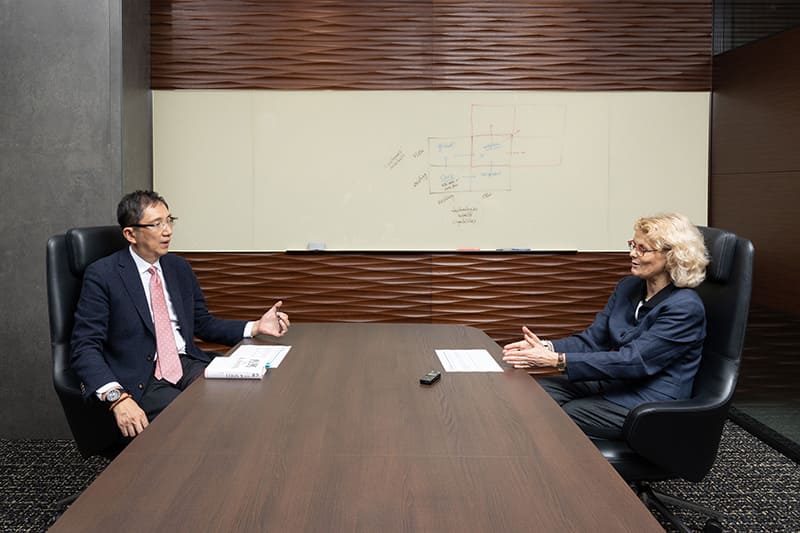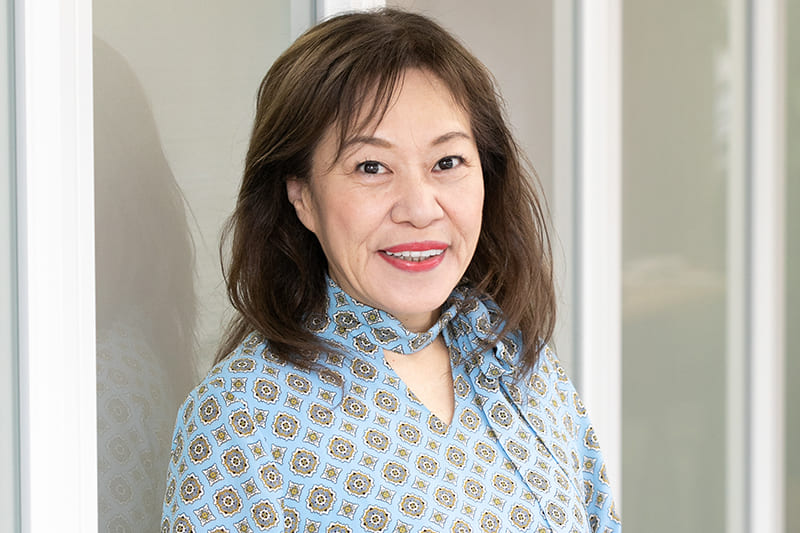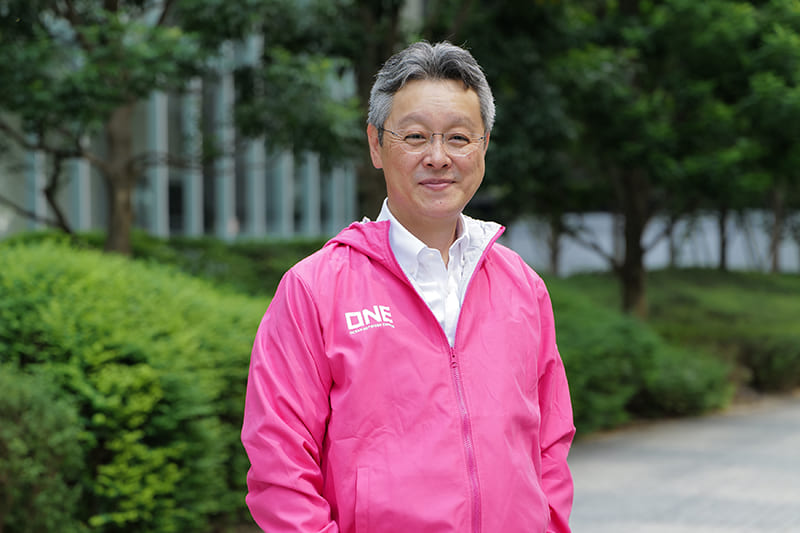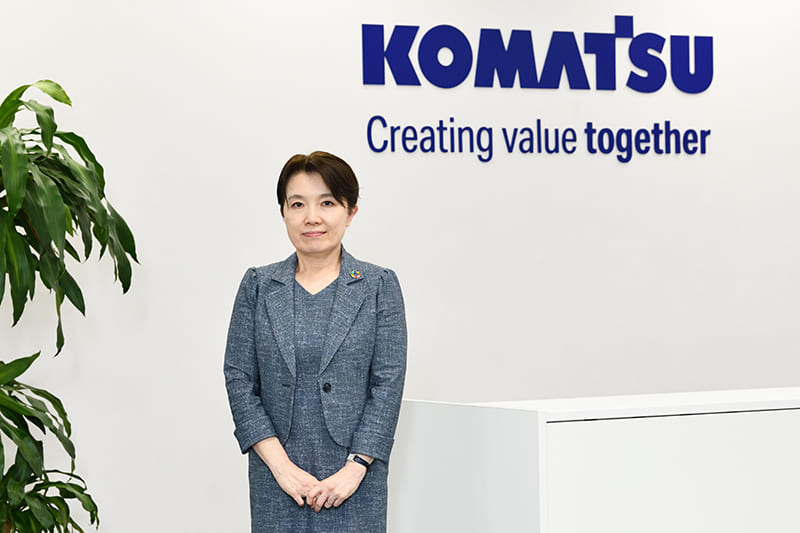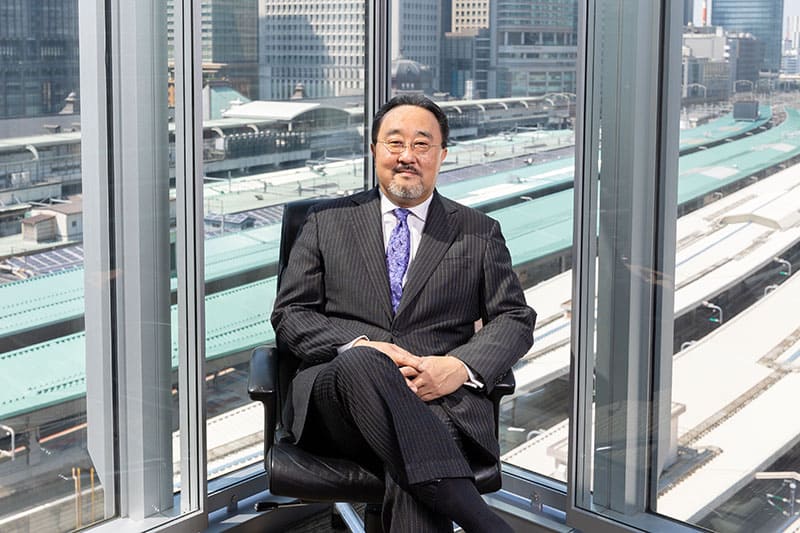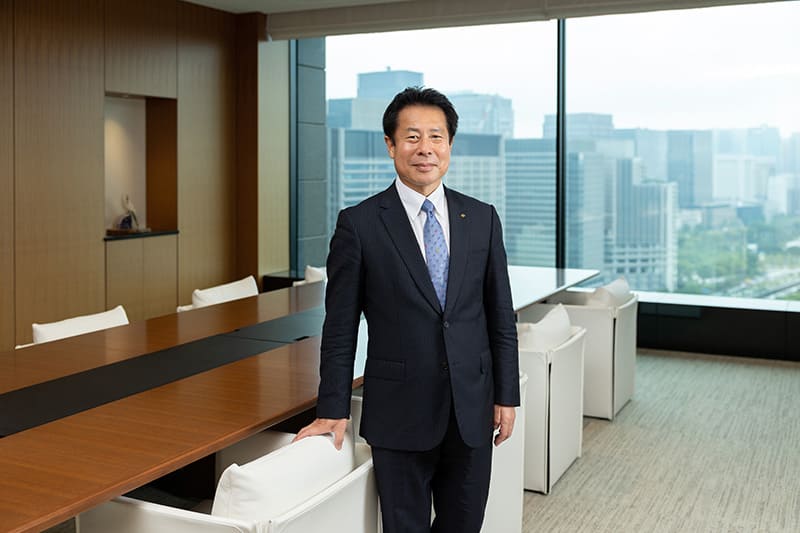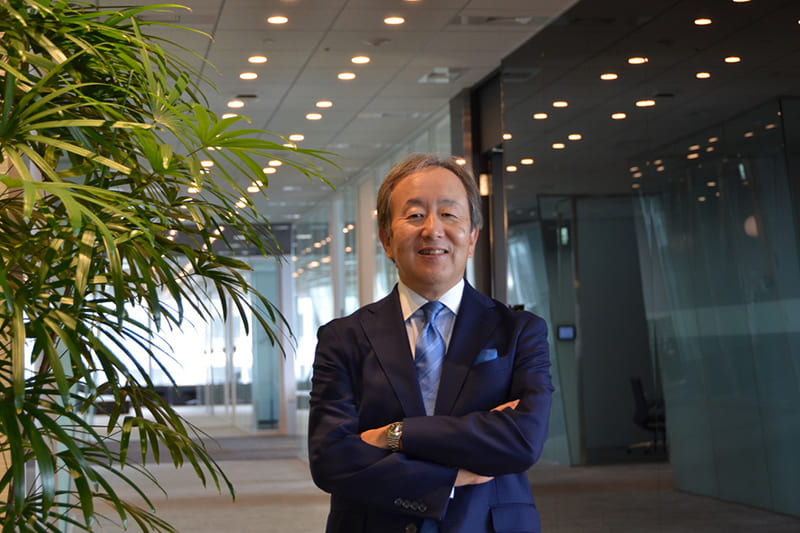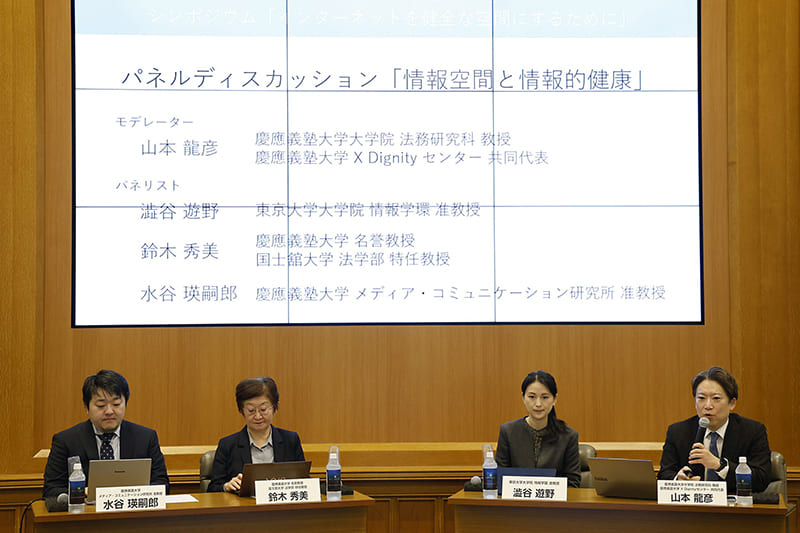April 07, 2023
Japan evolving, not ‘stagnant’: UC professor Schaede
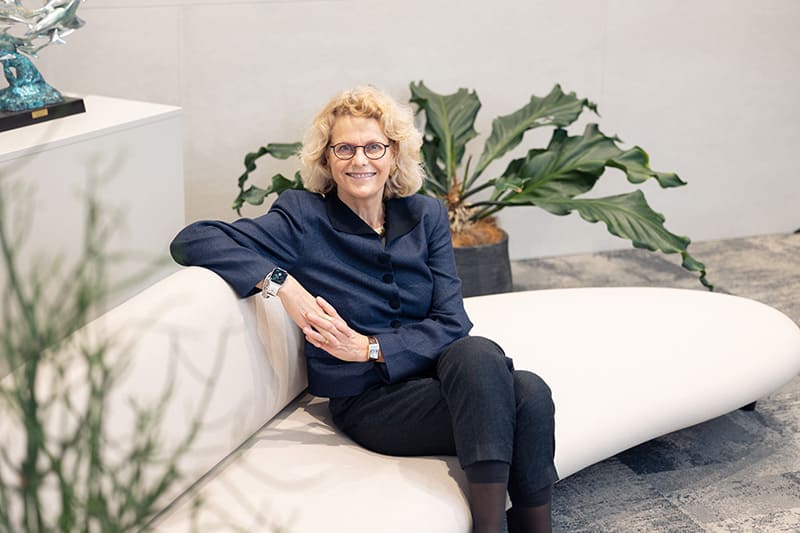
It has been a long time since critics started to say Japan had entered what became its post-bubble “lost decades.” They say its global competitiveness has declined, proved by the fact that old Japanese blue-chip companies had dropped out of the top world rankings.
But Ulrike Schaede, professor of Japanese business at the UC San Diego School of Global Policy and Strategy, casts doubt on that. Although she admits Japan has been slow to adapt to a fast-moving global business environment, she says that does not necessarily mean the country has declined. She stresses that a number of Japanese companies are in the process of changing themselves to achieve growth, though that often takes a long time.
“Do we know for a fact that the competitiveness has been declining?” Schaede said in a recent interview in Tokyo. She said the last three decades following Japan’s bubble economy of booming stock and land prices from the late 1980s to early 1990s, whose collapse brought banking crises, were not “lost” but “a period of transformation.” The country’s underlying strength is proved by its GDP and other data, which show that Japan, with only the world’s 11th-biggest population, is still the third-largest economy even after the long downturn. “Things are moving slowly in this country,” she continued. “But ‘slow’ is not ‘stagnant.’”
Schaede said one reason why the poor assessment of Japan’s global competitiveness has prevailed is that consumer electronics from Japanese brand names like Sony and Panasonic — TVs, mobile phones, laptop computers — have long been overtaken by those from South Korean companies like Samsung and LG Electronics. But the professor said a significant part of products’ components are still made in Japan: “People conclude … that Japan must have lost it, but I don’t think it’s true at all.”
What happened in the late 1990s and early this century, she said, is that the world saw South Korea, Taiwan and China copy Japan’s capabilities in the mass manufacturing of high-quality consumer products. Japanese companies realized they could not beat those countries’ strong price competitiveness in home appliances, except for high-end items. “So getting out of the end products is strategically a sound move. It just took very long — maybe too long,” she added.
Some Japanese companies responded by moving upstream in the value chain into products such as fine chemicals and high-tech components, for instance the Sony sensors in some consumer products, she said. That is where they can apply their accumulated expertise, which is not easy for assemblers to gain or imitate, and win high profitability.
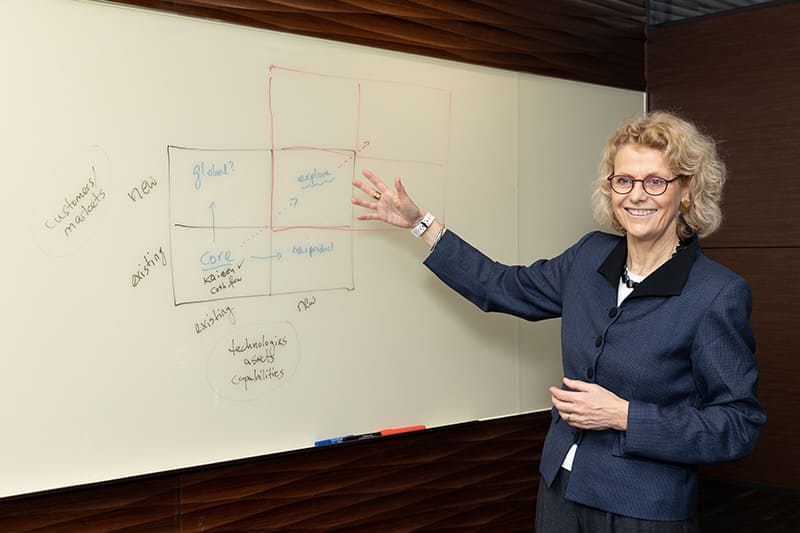
Schaede said one good example of a Japanese company that successfully conducted strategic repositioning is JSR. It was established in 1957 as a supplier of synthetic rubber for auto tires, but after the oil crisis in the 1970s it launched a diversification strategy and developed polymer technologies for electronic devices. It later utilized those technologies to manufacture materials for products like semiconductors and flat panels. The company also has applied its biochemical expertise in the field of health since the early 2000s.
Schaede also said Japan’s reputation has waned because the economy is affected by the 80/20 rule, in which 80% of the country’s economic success comes from just 20% of its companies — including a small number of growing firms like JSR.
Why does it take such a long time for many Japanese companies to reinvent themselves? Schaede said the transformation is slow partly because they have needed to move away from the conventional model of lifetime employment, which had helped achieve the postwar growth.
The professor said this kind of long process is not bad for a country that values social safety. The real problem is that many firms tend to take too much time to execute change.
“If you want to unravel something as important and basic as lifetime employment, maybe it’s a good idea to make that take 20 years,” Schaede said, adding that lifetime employment has been part of Japanese corporate responsibility. “If you think about the stakeholder capitalism or the corporate social responsibility, and if there is a good story, then I wouldn’t mind it as much. But I think that the problem of Japan is challenge. Too many companies in this country are not as efficient and powerful as [they] could be,”, and this can lead to the potential loss of future business opportunities.

Changing such a situation is like turning a huge cargo ship around. To do this, some companies are already practicing organizational “ambidexterity,” which is defined by Charles O’Reilly, a professor at Stanford’s Graduate School of Business, and Michael Tushman, a professor at Harvard Business School, as a corporate growth strategy to simultaneously carry out “exploration” of new business activities and “exploitation” of existing business methods.
Schaede said Japanese companies that have managed to do this successfully all had powerful leaders.
For example, AGC, one of the world’s largest glass makers, was established in 1907 as a manufacturer of flat glass but later developed its business into four major sectors: sheet glass, automotive glass, chemicals, and components for electronics, showing its ability to explore new markets and capabilities while exploiting its existing business. For example, AGC developed chemically strengthened glass for smartphones and started to make the product in 2011. It also extended its core competence in chemicals to life science businesses such as pharmaceuticals and agrochemicals. In 2015, Takuya Shima-mura became the president and CEO and proceeded to revitalize the company by reforming its corporate culture.
Turning a gigantic ship around is hard, but Schaede suggested there are some steps companies could take. She said Japanese companies should get rid of three-year midterm business plans because they inhibit the taking of long-term perspectives and seizing future business opportunities. “It takes attention away from the larger questions,” she said. “The larger strategy questions are ‘What business are we in?’ ‘How do we compete?’ ‘What kind of companies are we? ‘What are our core competences?’ ‘How can we be ambidextrous?’ and ‘How can we extend to new markets, new capabilities and new ways of doing business?’”
Schaede also said Japanese firms need leadership and management skills that can lead them to their goals amid external pressure, which often hampers their transformation. “I think what [it] takes to win is vision and some very aggressive and bold bets. … The Japanese public is very critical of those things. [Companies need] not only vision, but very good management skills to get there,” Schaede said. “It would be nice if Japanese people are a bit more welcoming to people who make bets like that.”
Schaede also said Japanese corporations need to actively apply their strategies. “What you need, to develop very consistently … is to execute the strategy and to actually do it. That has something to do with your core competence, your people and the way you manage that corporate culture,” she said.
